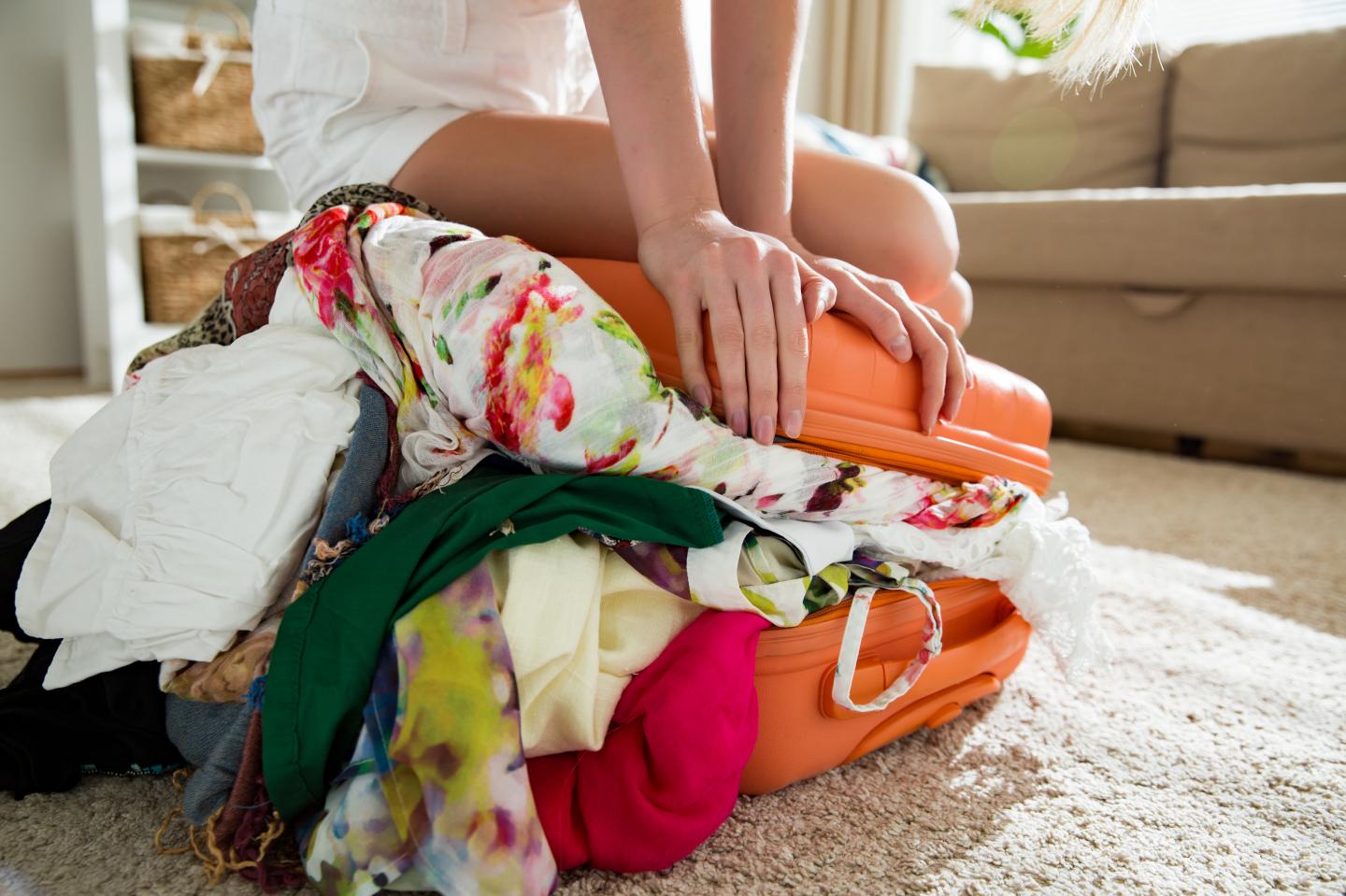
Credit: University of Rochester Medical Center
Scientists are a step closer to understanding how DNA, the molecules that carry all of our genetic information, is squeezed into every cell in the body. How DNA is "packaged" in cells influences the activity of our genes and our risk for disease. Elucidating this process will help researchers in all areas of health care, from cancer and heart disease, to muscular dystrophy and osteoarthritis.
DNA is a long, floppy molecule, and there's more than three feet of it in every cell. Our DNA is housed in structures called chromosomes, which condense the DNA to fit into the cell's tight quarters.
Scientists from the department of Biochemistry and Biophysics at the University of Rochester School of Medicine and Dentistry worked with colleagues in France and Japan to describe the first step of DNA packing in a cell. They provided the first-ever detailed picture of the most basic building block of chromosomes, known as the nucleosome, and found that a protein known as H1 (for linker histone H1) helps DNA become more compact and rigid within the nucleosome. In contrast, when H1 isn't present, the DNA is loose and flexible.
The tight structure that H1 creates helps shield our DNA from various factors that can activate or "turn on" certain genes. Without H1, DNA is more accessible to factors that could trigger disease-causing genes.
Published in the journal Molecular Cell, this finding will inform research on all processes that involve chromosomes, such as gene expression and DNA repair, which are critical to the understanding of diseases such as cancer, according to Jeffrey J. Hayes, Ph.D., senior study author and the Shohei Koide Professor and chair of the department of Biochemistry and Biophysics.
The teams in France and Japan used specialized microscopes and X-rays to capture pictures of DNA molecules interacting with H1 and other key proteins. Because of the size of the DNA and protein molecules, the pictures generated by these techniques were fuzzy and difficult to analyze.
Lead study author Amber Cutter, a graduate student in Hayes' lab, put all of the components — DNA, H1, and other proteins — together in tiny test tubes and conducted various biochemical experiments. Her tests, coupled with the X-ray images, confirmed H1's role.
Cutter, who is entering her fifth year in Hayes' lab, admits that the science is complex and that a lot more research needs to be done before this work can inform clinical treatment. But, the importance of understanding the most basic biological processes should not be underestimated. "In order to determine what happens when things go wrong in diseases like cancer, we need to know what happens when things go right."
###
Hayes and Cutters work was supported by the National Institutes of Health.
Media Contact
Emily Boynton
[email protected]
585-273-1757
@UR_Med
http://www.urmc.rochester.edu
Original Source
https://www.urmc.rochester.edu/research/blog/june-2017/how-are-long-strands-of-dna-packed-into-tiny-cells.aspx
############
Story Source: Materials provided by Scienmag





